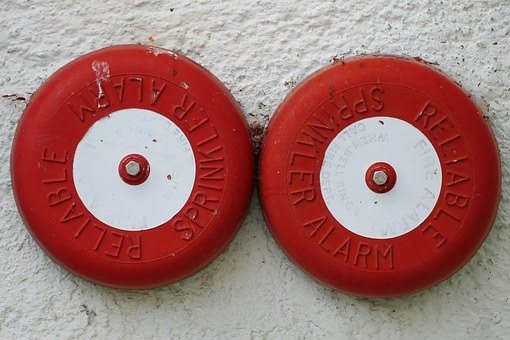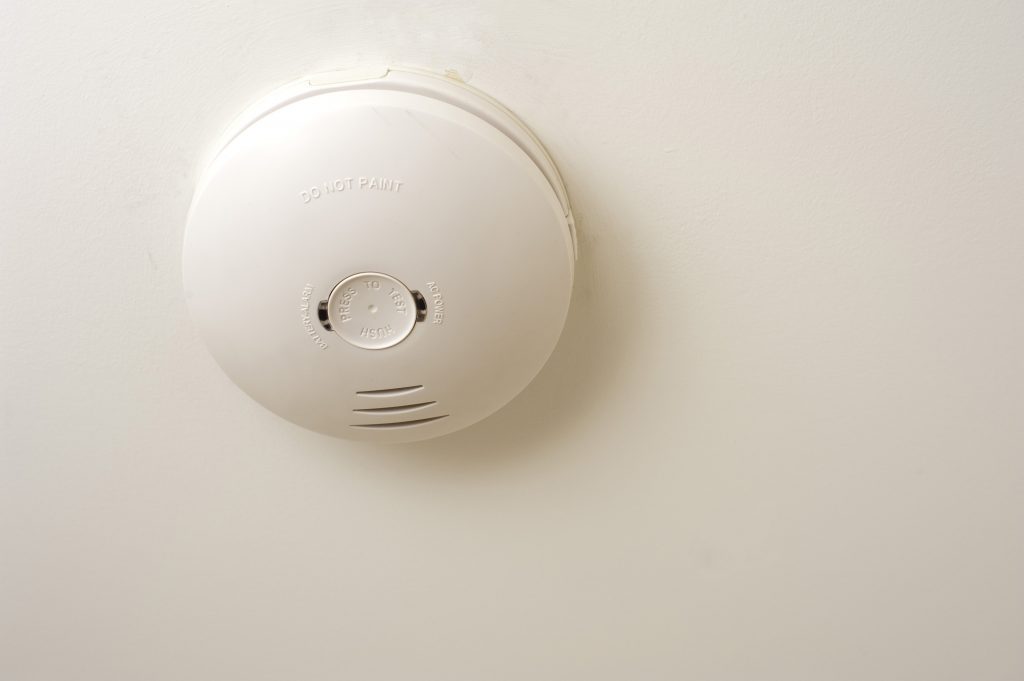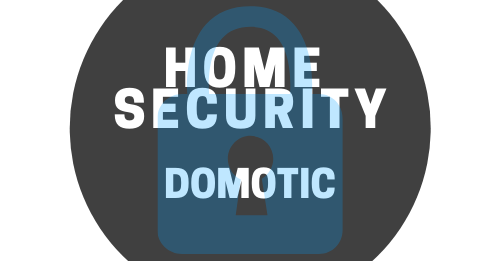What Are the Basic Components of an Alarm System (Part 1)

Summary:
– The alarm central
◦ What is the central alarm system?
◦ How does an alarm central work?
– The alarm detector
◦ Alarm detector: the different types
◦ Where to install your alarm detectors?
– The different types of motion detectors
◦ Motion detector for harsh environments
◦ Motion detector for narrow work-pieces
◦ Pet motion detector
◦ Vertical motion detector
◦ Opening detector
The alarm central: the key to your alarm system!
The alarm central is part of the alarm components with the detector and the remote control and the GSM transmitter. The alarm requires a precise setting.
What is the central alarm?
The central alarm station is an essential part of the alarm. You will find it in any type of alarm, whether anti-intrusion, fire, or gas.
The central alarm station is part of the home alarm and business alarm.
If the alarm is wireless, there are different models of alarm central that will not cover the same area. Check the range of your alarm. Also be aware that obstacles, such as mirrors, can interfere with your alarm central’s communication with the detectors. Whether it is wireless or wired, install your alarm central preferably in the center of the building to be protected.
Note: If the central station is wired, it has back-up batteries in case of a power failure or if you wish to cut the power when you are away.
Operation of an alarm central station
The alarm central controls the entire alarm system: it is thanks to it that the detectors communicate with each other. It includes a remote control that allows you to set the alarm. The home automation alarm center also has a system that can simulate lighting when you’re not at home. It can also trigger a siren that will alert the neighborhood or residents of the house of a problem. If it also has a GSM transmitter, it allows you to call the numbers you have entered to warn in case of problems.
Alarm detector
The alarm detector is part of the alarm materials, as well as the alarm control unit, the remote control, and the GSM transmitter. The alarm will have to benefit from a precise parameter setting.
The alarm detector identifies a problem and will transmit the information to the central station which will trigger the alarm.
Alarm detector: the different types

There are different models of alarm detectors:
– anti-intrusion:
◦ motion detector: it detects the movements of a person;
◦ opening detector: it detects the opening of a door or a window;
– fire:
◦ smoke detector: the slightest smoke triggers the alarm;
◦ heat detector: a very high heat triggers the alarm.
– gas detector: it detects an abnormal gas content.
Where to install its alarm detectors?
The installation depends on the type of alarm detector:
– for a smoke, heat, or gas detector: on the ceiling or at the top of the walls (but leaving at least 10 cm away from the angle);
– for an opening detector: on the door or window;
– for a motion detector: at human height, so that it does not go off when a domestic animal is moving around.
You will then install the alarm detectors in your home according to their function.
– If it is an anti-intrusion detector, place it next to the accesses to your home, i.e. windows or doors.
– If you have opted for fire detectors, place them in the living rooms: living room, bedrooms, but also on the stairs.
– If it is a gas detector, it depends on the type of gas:
◦ for a soporific gas, in the bedrooms;
◦ for carbon monoxide, propane, butane, install them in the kitchen or near heating systems.
This post will now continue in part 2 in our next publication to further explain the following:
◦ Motion detector for harsh environments
◦ Motion detector for narrow work-pieces
◦ Pet motion detector
◦ Vertical motion detector
◦ Opening detector
Stay posted and remember to leave your comments below.

1 thought on “What Are the Basic Components of an Alarm System (Part 1)”